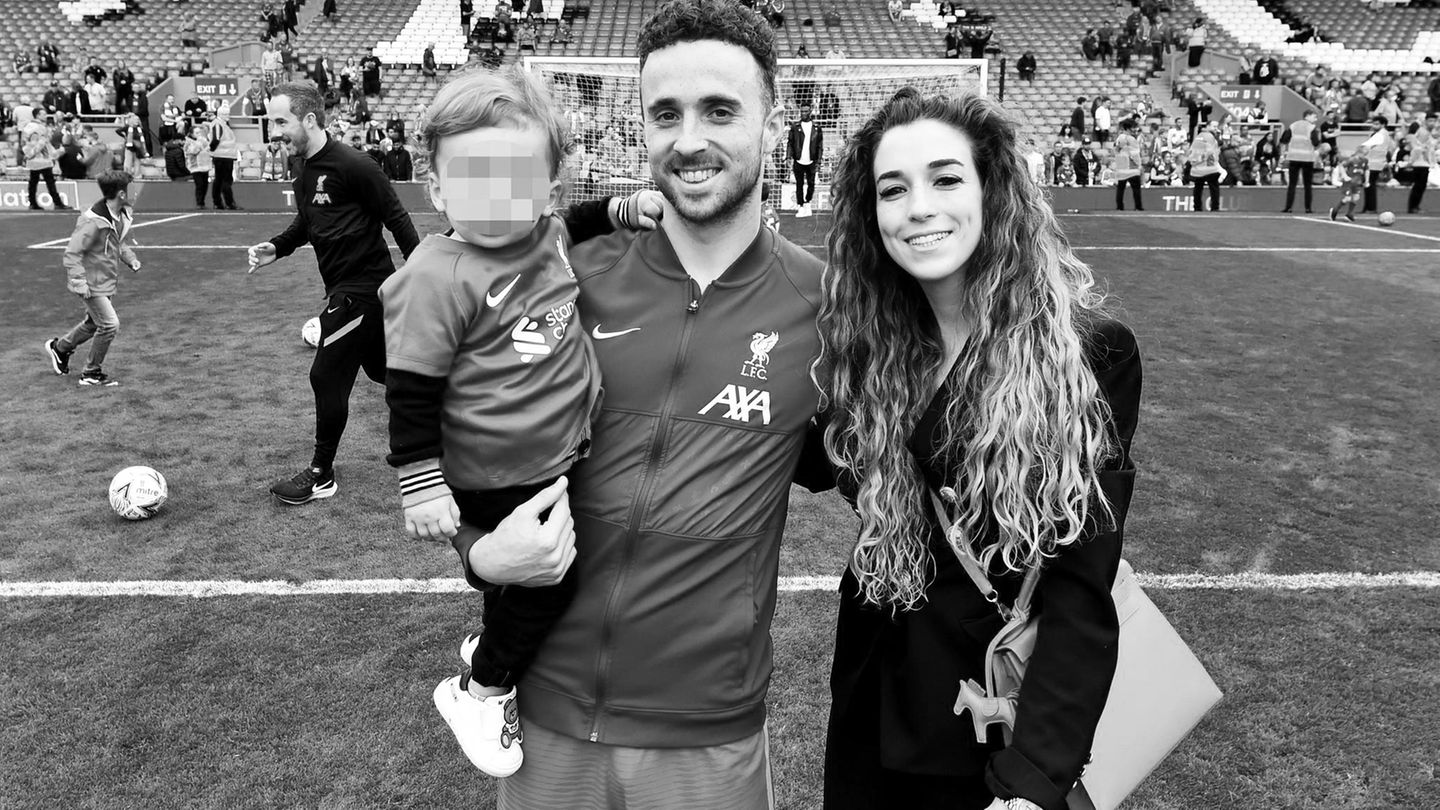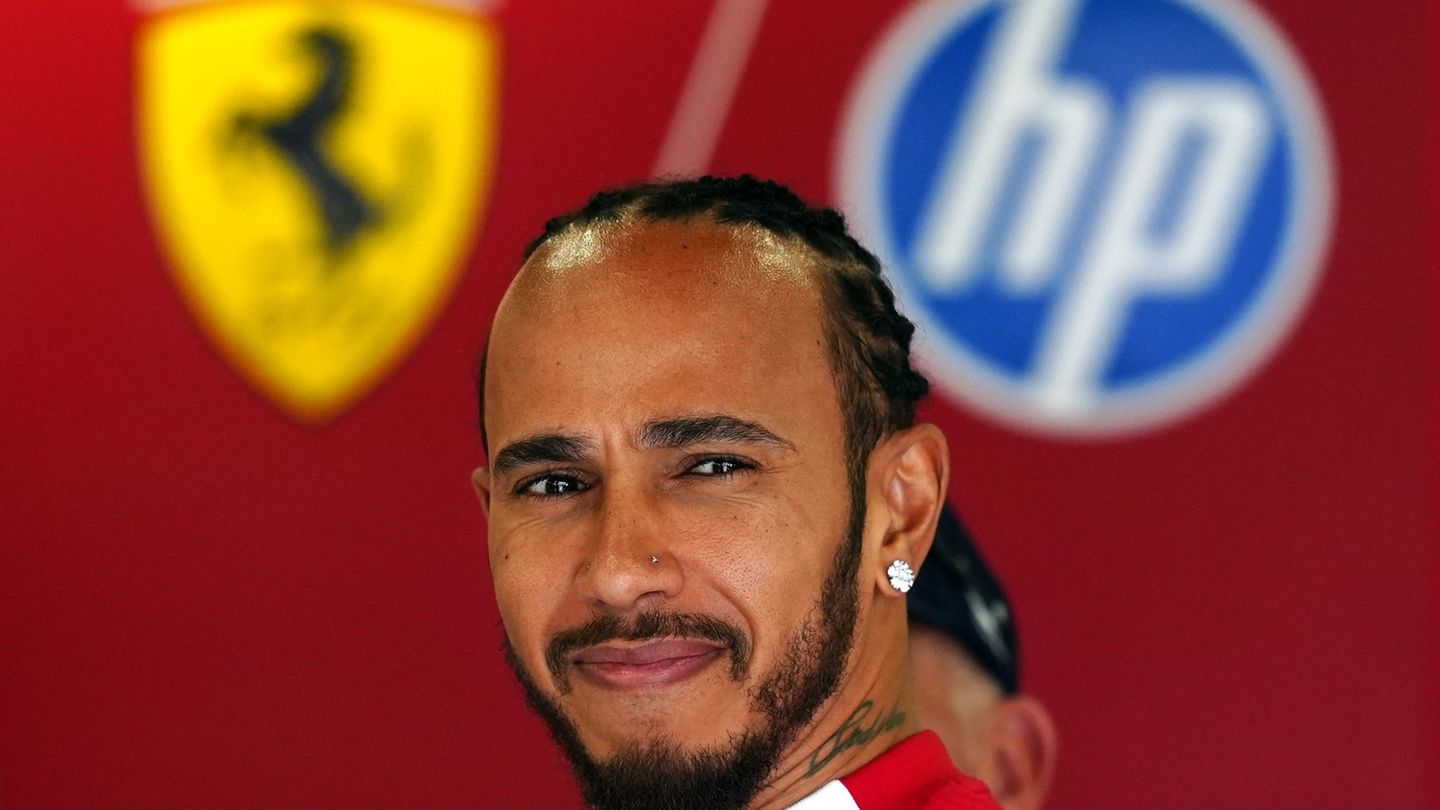Lots of talent in the team
Who will be Germany’s new biathlon high-flyer?
In the past, German biathletes have repeatedly dominated the world elite. New names are coming to the fore this winter. What can they achieve?
Julia Tannheimer has the same problem that many aspiring German biathletes have had before her. As soon as the first successes appear, comparisons with their successful predecessors inevitably come. Will the 19-year-old from Ulm become the new Magdalena Neuner? Or the new Laura Dahlmeier? Aside from the fact that there is probably no meaningful answer to this question, it is still far too early to draw parallels.
But the longing for a new biathlon star is great. Millions of fans of the most popular German TV winter sport in front of their televisions and tens of thousands at the World Cup home games in Oberhof and Ruhpolding would only love to see a smiling long-term winner in the style of the now 37-year-old nine. In terms of sport and personality, Tannheimer certainly seems to have the qualifications to fill this role. The talent is “absolutely a promise for the future,” said sports director Felix Bitterling.
Is it already on the podium in Hochfilzen?
How true these words were became clear last week in Kontiolahti when Tannheimer wiped tears from his face in the finish area. As sixth in the sprint, she surprisingly met the World Championship standard in the second race of the season, and as fifth in the mass start she even topped that on Sunday. At this young age, Neuner and Dahlmeier also really took off. Is a podium finish in the 7.5 kilometer sprint in Hochfilzen, Austria on Friday (2.20 p.m./ZDF and Eurosport) the logical consequence?
It’s definitely not that simple. “They have to get some time. They have potential, but they just need time,” said Bitterling. A promising group has recently developed in the women’s team that could shake up the world’s best in the future. In addition to the five-time junior world champion Tannheimer, Julia Kink and Selina Grotian (both 20) will also be there in Pillerseetal in the coming days, and another hopeful, Marlene Fichtner (21), will also be making her World Cup debut. The Bavarian surprisingly won her first race in the second-class IBU Cup at the start.
“Competition stimulates business”
“They are carefree and bring a different atmosphere to the team with this style,” said women’s coach Kristian Mehringer, who is currently spoiled for choice. “Competition stimulates business. We are of course also pleased that many new people are coming,” said the 43-year-old.
Former world champion Franziska Preuß (30) and Vanessa Voigt (27) are set as veterans. Both are “world-class women,” Bitterling said. Behind them there is a fight for the other four places. Johanna Puff (22) was there at the start, but had to make way for Fichtner. The World Cup medalists Sophia Schneider and Hanna Kebinger (both 27) were not there yet this young winter. “We have a very good group. They push each other so much, we are very happy about that,” said Bitterling.
With two Olympic victories each, Neuner (retired in 2012) and Dahlmeier (2019), like Denise Herrmann-Wick (2023), were the last major German figureheads in biathlon to date. Neuner also won twelve world titles, Dahlmeier seven. In addition to Tannheimer, Grotian has also been compared with them after she impressed in the previous season with fourth place in the World Cup individual and bronze in the relay. “Magdalena is Magdalena – Laura is Laura – and Selina. That’s me, just a girl who loves biathlon,” she wrote on Instagram. Tannheimer also reacts similarly cautiously to the comparisons.
There is a lack of talent among men
His women’s team has “a good starting position,” said Mehringer. Also with a view to the 2026 Olympic Games with the biathlon races in Antholz. Things look more difficult for men. “We have a big generation gap,” said Bitterling. After the former world champions Arnd Peiffer, Erik Lesser, Simon Schempp and Benedikt Doll gradually ended their careers, too few talents came along. The top performers are now Justus Strelow (27), Philipp Nawrath (31) and Johannes Kühn (33).
When you’re in your early 20s, there’s no one who offers. “Unfortunately, we are missing this generation, for whatever reason,” said Bitterling. The reasons for this predate his term in office. The goal must be to better introduce young talent. This can also be achieved by putting the athletes into higher competition classes earlier. They should be challenged and encouraged earlier.
This is no longer necessary for women. “Everyone is pretty much on the same level,” said Grotian, looking at himself and his colleagues. Does anyone stand out? The five-time junior world champion couldn’t think of a name, but she promised for the next few months: “There will definitely be more surprises this season.”
dpa
Source: Stern
I am Pierce Boyd, a driven and ambitious professional working in the news industry. I have been writing for 24 Hours Worlds for over five years, specializing in sports section coverage. During my tenure at the publication, I have built an impressive portfolio of articles that has earned me a reputation as an experienced journalist and content creator.




